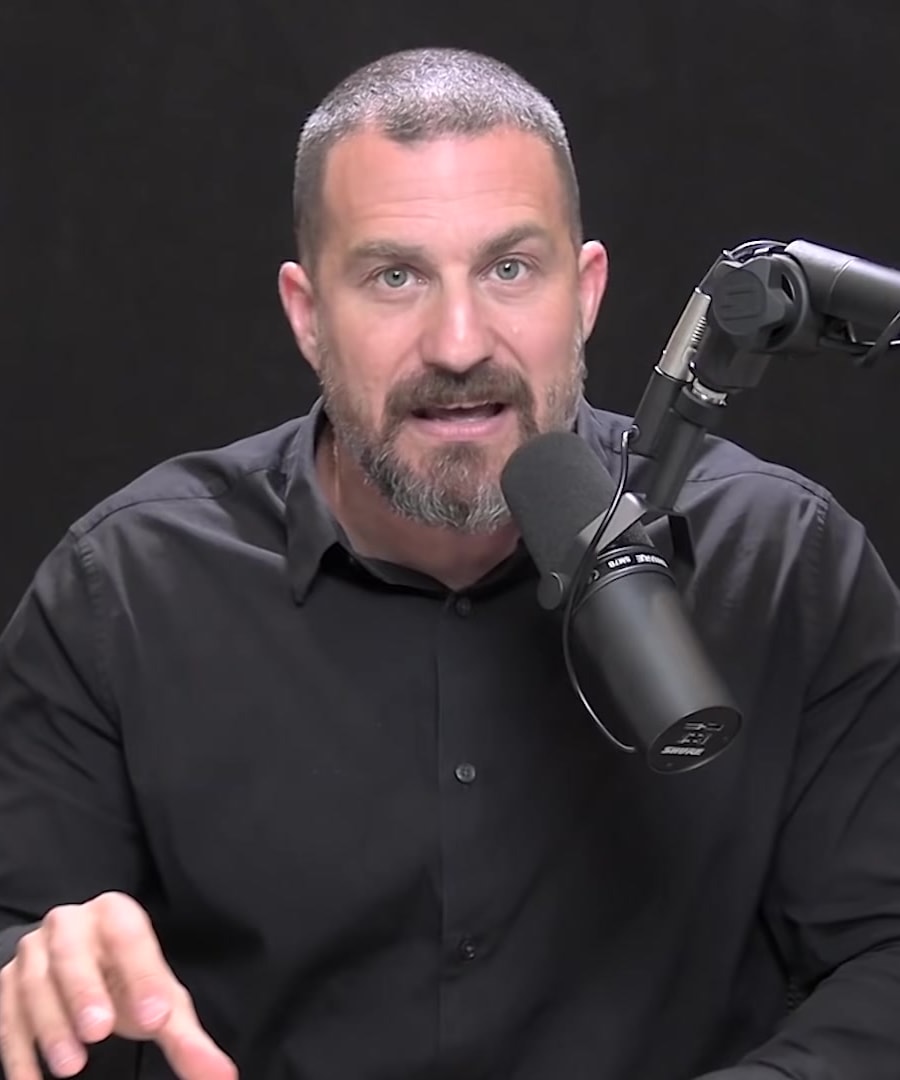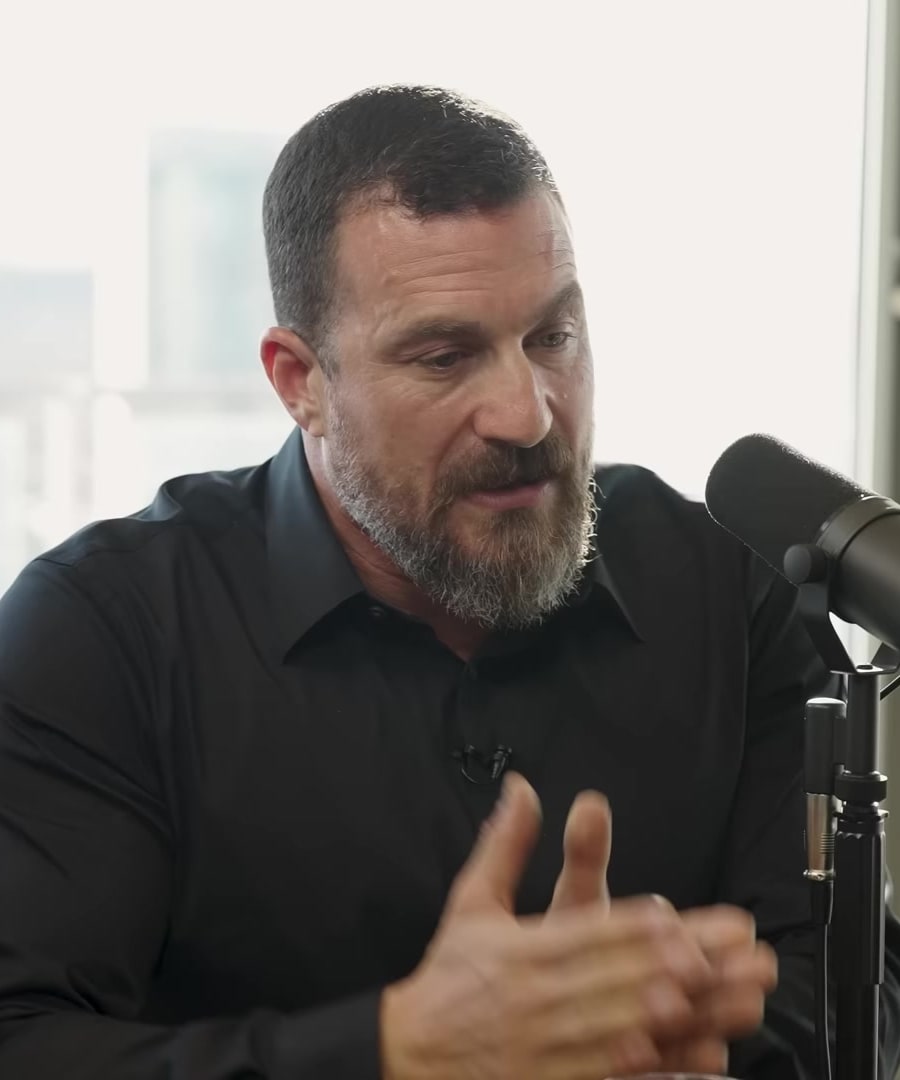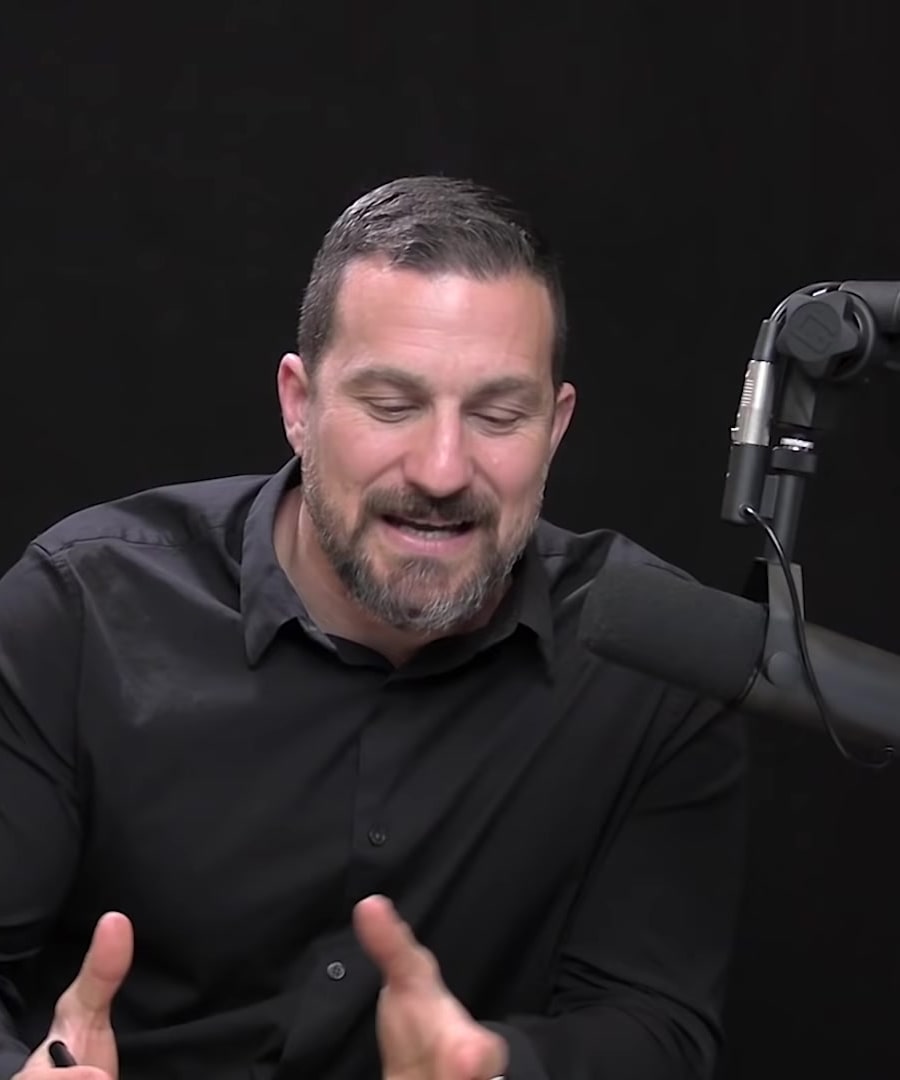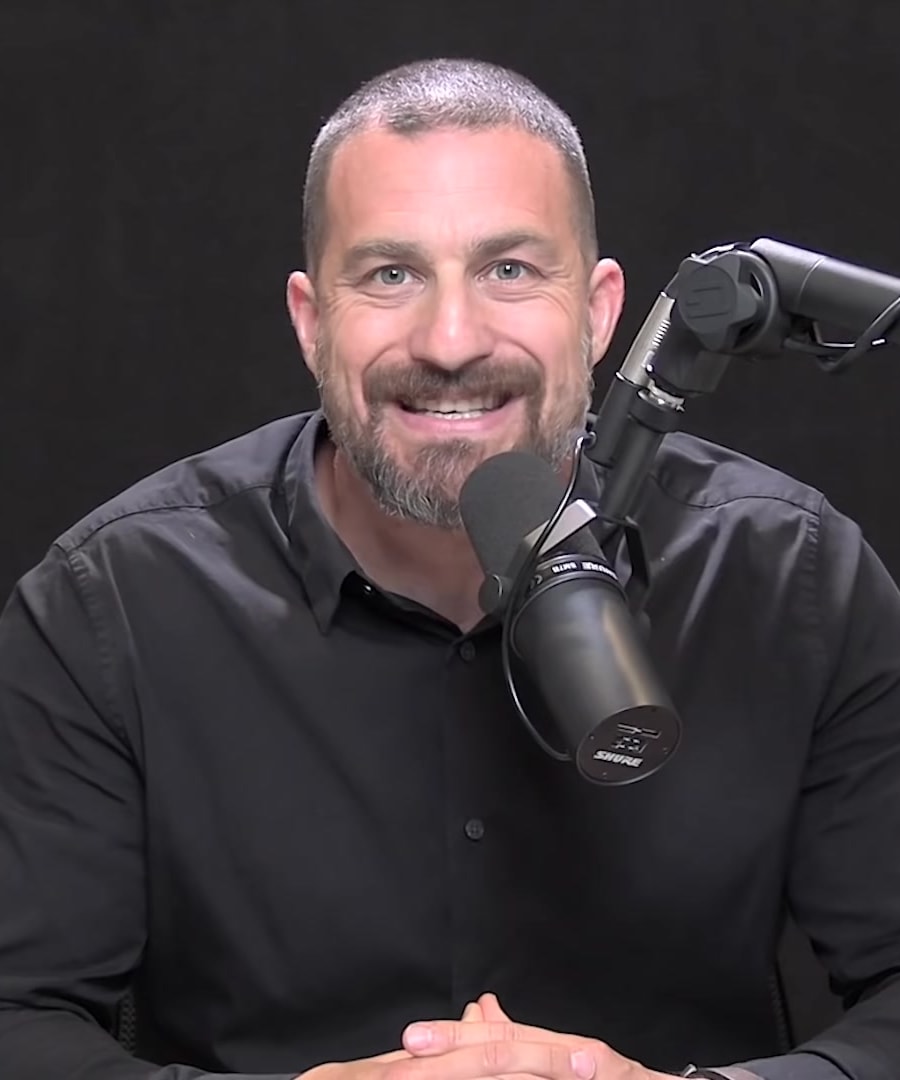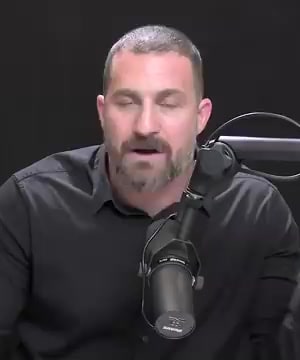how does the daily schedule of dr Huberman looks like?
Sources:
has a well-structured daily schedule that balances his professional and personal goals. Here are some key insights:
Morning
- Sunlight Exposure: He starts his day with morning sunlight to set his circadian rhythm 1.
- Physical Activity: Typically involves some form of exercise. This can be anything from running to resistance training for about 60 minutes to avoid high cortisol levels from longer sessions 2.
Throughout the Day
- Work and Learning: He dedicates 90-minute bouts in the morning and afternoon for deep, focused work and creative tasks 3. The times between these intense sessions are spent on emails, meetings, and other routine tasks.
- Play and Relaxation: He incorporates "play" into his schedule for cognitive relaxation, like non-competitive sports or fun activities 2.
Evening and Night
- Consistency in Sleep Schedule: He maintains a regular sleep schedule even on weekends, which means getting up and going to bed at approximately the same time each day 4.
- Rest Day: He takes one day off per week where he has no structured activities, allowing more freedom and recovery 1.
This structure allows Dr. Huberman to balance rigorous work and health, ensuring recovery and peak performance.
RELATED QUESTIONScan you break it down by hour?
Sources:
has shared various aspects of his daily routine on multiple occasions. Based on his detailed descriptions, here is a breakdown of his typical day by hour:
6:00 AM - Morning
- Wake up and Sunlight Exposure: He starts his day with morning sunlight to set his circadian rhythm 1.
- Hydration and Physical Activity: He immediately hydrates and does some form of physical exercise, such as running or resistance training, but keeps it under 60 minutes to prevent cortisol spikes 2.
7:00 AM - Mid-Morning
- Breakfast and Light Work: He has a light breakfast and engages in low-intensity tasks or relaxation. This period may also include some creative thinking or background reading.
8:30 AM - Focused Work Session 1
- Deep Work: He begins his first 90-minute deep work session, focusing on demanding cognitive tasks such as writing or analyzing research 3.
10:00 AM - Mid-Morning Break
- Light Administrative Tasks: This time is generally reserved for emails, short meetings, or routine tasks that require less cognitive load 3.
11:30 AM - Focused Work Session 2
- Creative Work: Huberman typically engages in another deep work session focused on creative tasks like developing new research ideas or content for his podcast 3.
1:00 PM - Lunch and Break
- Lunch: He takes a proper lunch break, ensuring his mealtimes are consistent even on weekends to support his circadian rhythm 4.
- Relaxation or Light Activity: This might include a walk, informal meetings, or leisure reading.
3:00 PM - Afternoon Tasks
- General Work Tasks: Mid-afternoon is usually reserved for standard work activities, including meetings, collaborations with colleagues or students, and other necessary administrative work 5.
4:30 PM - Mid-Afternoon Exercise or Play
- Physical or Play Activities: He may incorporate a brief exercise routine or participate in playful activities for cognitive relaxation. Play should be non-competitive and enjoyable 2.
6:00 PM - Evening
- Winding Down Work: He starts to wind down his work, ensuring that he finishes any necessary tasks with enough time to relax before bed.
- Dinner and Relaxation: Dinner is kept within a reasonable feeding window to maintain metabolic health 6.
8:00 PM - Night Routine
- Avoiding Bright Light: He avoids intense lighting and screens to prepare his body for sleep and maintain his sleep-wake cycle 4.
- Relaxation Activities: Light reading, low-stress activities, or simple relaxation techniques.
10:00 PM - Bedtime
- Sleep: He aims to keep a consistent bedtime, striving for quality sleep to ensure recovery and optimal next-day performance 4.
By adhering to this structured yet flexible schedule, maximizes his productivity while maintaining his overall well-being.
RELATED QUESTIONS
